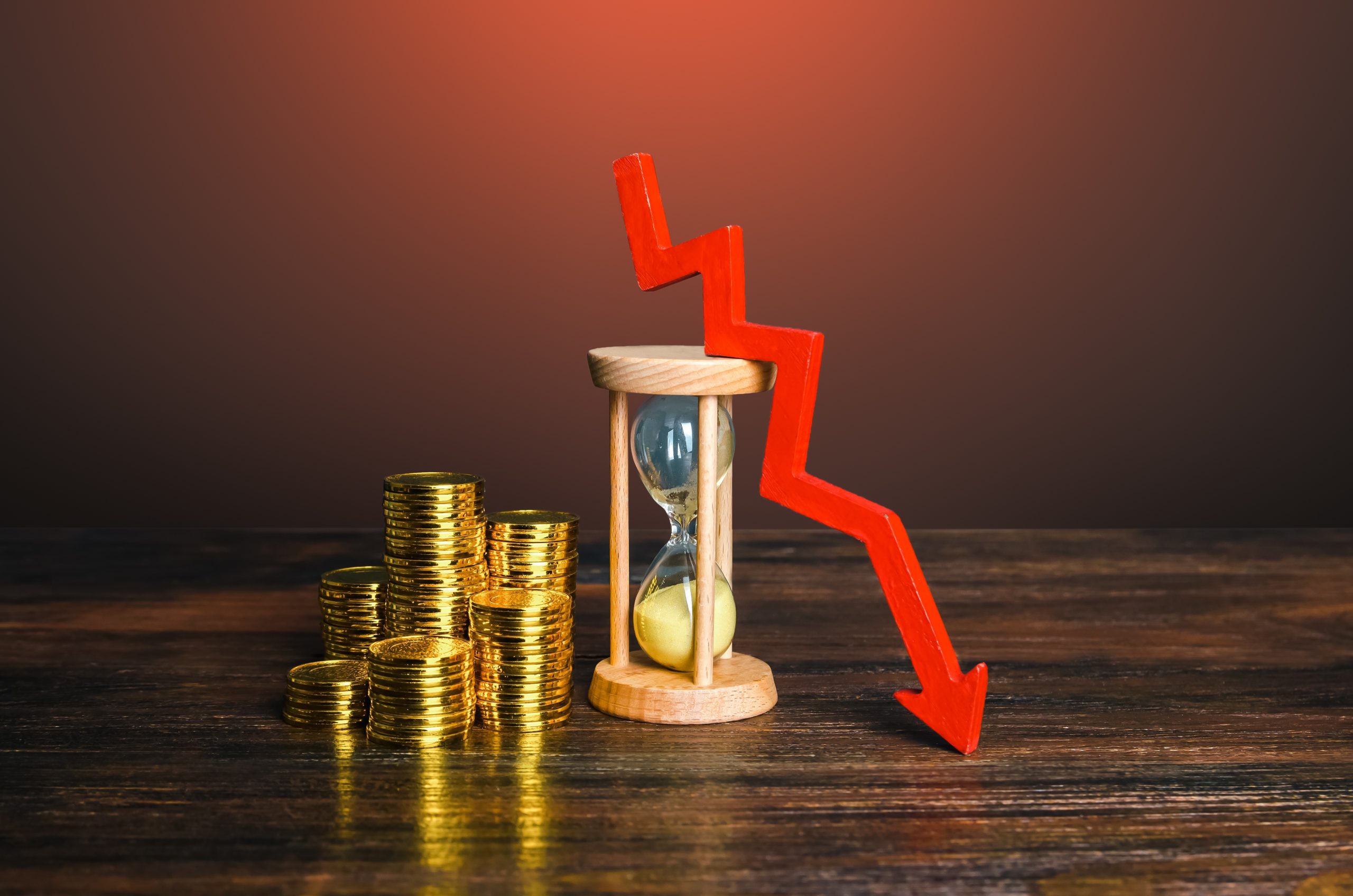Household Bills
Wages rise at fastest rate for 20 years but inflation ‘gobbles up extra cash’

Average pay in the three months to November is up 6.4% year on year and has risen at the fastest rate since 2001. But once inflation is factored in, wages are falling.
Employees saw monthly pay increase by an estimated 7.7% in December 2022 compared to the same month of 2021. The figure stood at £2,194.
According to the Office for National Statistics (ONS), wages are up nearly 18% compared to the pre-pandemic level recorded in February 2020.
It noted that average pay grew fastest in the education sector (15.7%) and slowest in the transportation and storage sector (1.7%) in the year to December 2022.
Real-term wages fall
However, in real terms (adjusted for inflation) over the year, total and regular pay both fell by 2.6%.
For Ashley Webb, UK economist at Capital Economics, the strong wage growth adds pressure on the Bank of England to raise rates from 3.5% to “perhaps 4.5% in the coming months”.
Webb added that the 0.5% month-on-month increase in average wages may be due to higher inflation which contributed to a further increase in labour disputes in November.
“The risk is that the strikes in December may keep upward pressure on wage growth for a few months yet”, Webb said.
Number of workers grow
Meanwhile, estimates for December 2022 suggest there were 29.9 million payrolled employees – a rise of 2.3% compared to the same period a year earlier. This is an increase of 676,000 people over the 12-month period. The rate stood at 75.6%.
In the month to December, the number of employees increased 0.1% (28,000).
The ONS revealed that all age groups saw an increase in payrolled employess, with 83,000 aged under 25 joining the workforce.
Elsewhere, the unemployment rate has nudged up 0.2% to 3.7% in the three months to November, and the economic inactivity rate dipped 0.1 percentage points to 21.5%, driven by those aged 16-24 and 50-64, the ONS noted.
Further, the redundancy rate has increased to 3.4 per thousand employees “but remains low”.
Vacancy rates fall
Turning to vacancy rates, this stood at 1.16m, a decrease of 75,000 on the quarter.
Danni Hewson, AJ Bell financial analyst, said: “Whilst job vacancy numbers have fallen for six successive months, competition to find the right people for those posts is still fierce and that’s forcing employers to offer higher wages, not just to attract talent but to keep those already on the books.
“But whilst wages are rising at near record levels, if you ignore that topsy-turvy pandemic period, people aren’t feeling the benefit. Inflation is gobbling up that extra cash and a bit more besides and it’s the cost-of-living crisis that’s pushing people onto picket lines.
“We’re all feeling the impact on our daily lives, but there are other factors to consider in the latest numbers. There has been a slight uptick in the number of people out of work, particularly amongst younger workers and they are likely to be amongst the most vulnerable as the economy slows and businesses start cost cutting.
“And there’s the persistent issue of economic inactivity, a conundrum the government is looking into but an issue that’s likely to require a myriad of measures to overcome.”